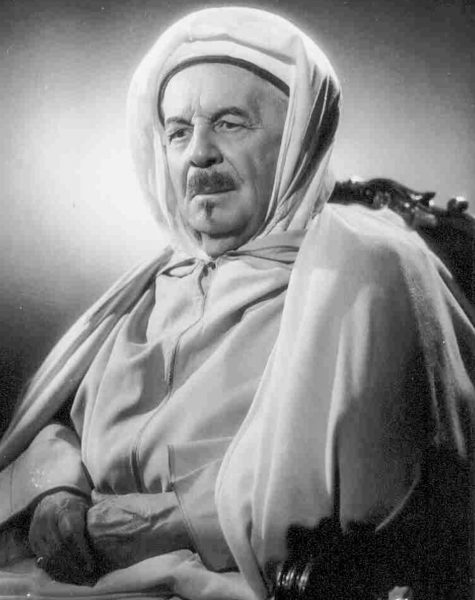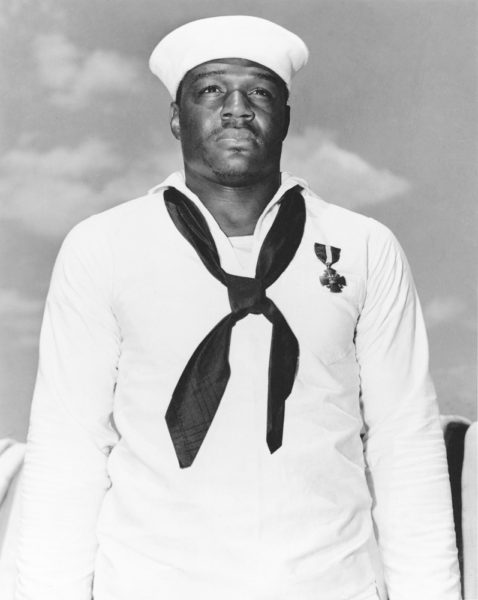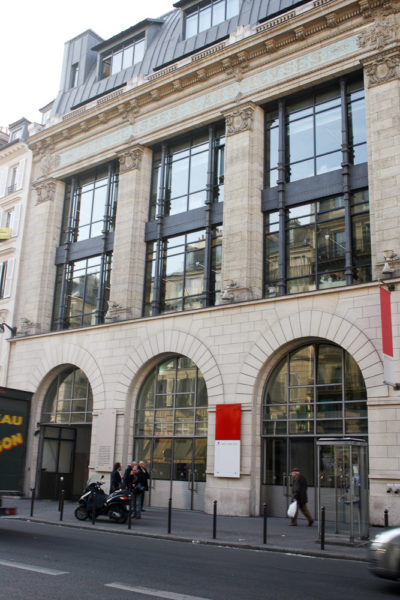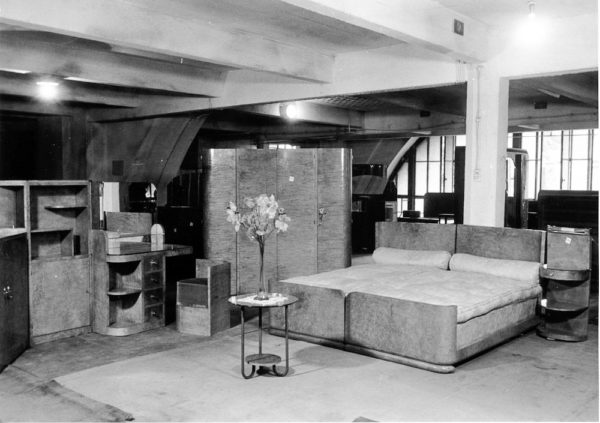This is one of those stories you won’t find in textbooks nor is it widely known. In fact, it is a story that many people refuse to discuss or acknowledge. It’s the account of a religious man and his followers who sheltered and helped Jews escape from Paris during the Nazi occupation. There are thousands of stories about the bravery and courageous acts of Gentiles saving Jewish lives during World War II in spite of knowing that if caught, they would likely forfeit their lives.
Our story today is about the leader of Parisian Muslims who rescued Jews and others from certain deportation during the occupation.

Did You Know?
Did you know that the newest U.S. Navy aircraft carrier will be named after an African American military hero? Europeans like to say that it takes America a long time to make a decision but when she does, it’s usually the right one. In this case, they are correct.
Doris Miller was a mess attendant on the battleship USS West Virginia when it was attacked by Japanese planes on the morning of 7 December 1941 in Pearl Harbor. He carried the wounded to safety, assisted the ship’s mortally wounded captain, and manned an anti-aircraft machine gun (which he had never been trained on) and continued to shoot until he ran out of ammunition and had to abandon ship.
For his actions, Miller was awarded our country’s second highest military medal in 1943, the Navy Cross. He was the first African American to receive the medal. After surviving Pearl Harbor, Miller served on the USS Indianapolis and then, the escort carrier USS Liscome Bay after it was launched in April 1943. During the Battle of Makin in November 1943, a Japanese submarine sank the USS Liscome Bay. Six hundred forty-four or, seventy percent of the crew perished including Miller. He was posthumously awarded the Purple Heart.

Let’s Meet Is Kaddour Benghabrit
Si Kaddour Benghabrit (1868-1954) was born in French occupied Algeria to a prominent Andalusian family. After primary and secondary educations at leading Algerian schools, he studied law and began his practice in Algiers (capital of Algeria). After stints as an interpreter for the Legation of France and liaison between North Africa and France, Benghabrit founded the Mahkma of Algiers (a civil court) and the Society of Habous and Holy Places of Islam (an organization to facilitate Muslim pilgrimages to Mecca). Read More Muslims, Jews and the Gestapo



